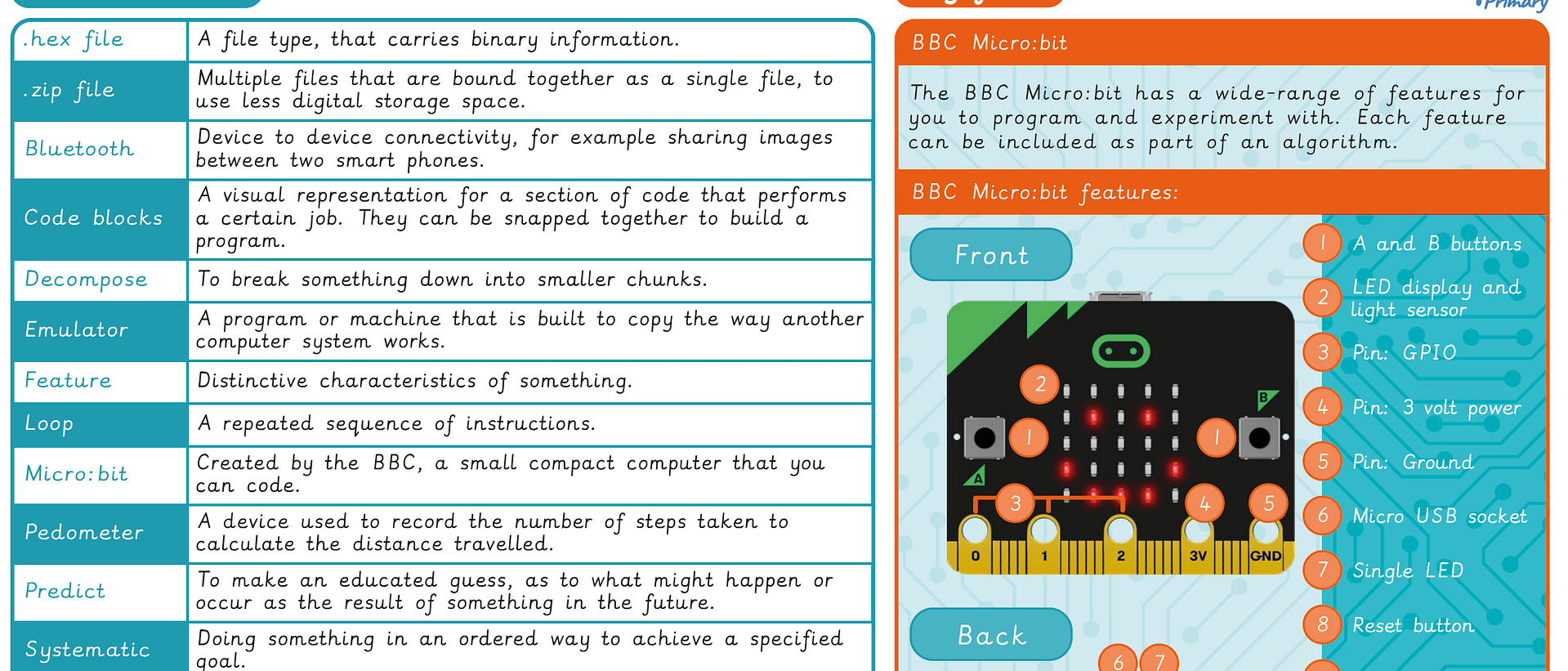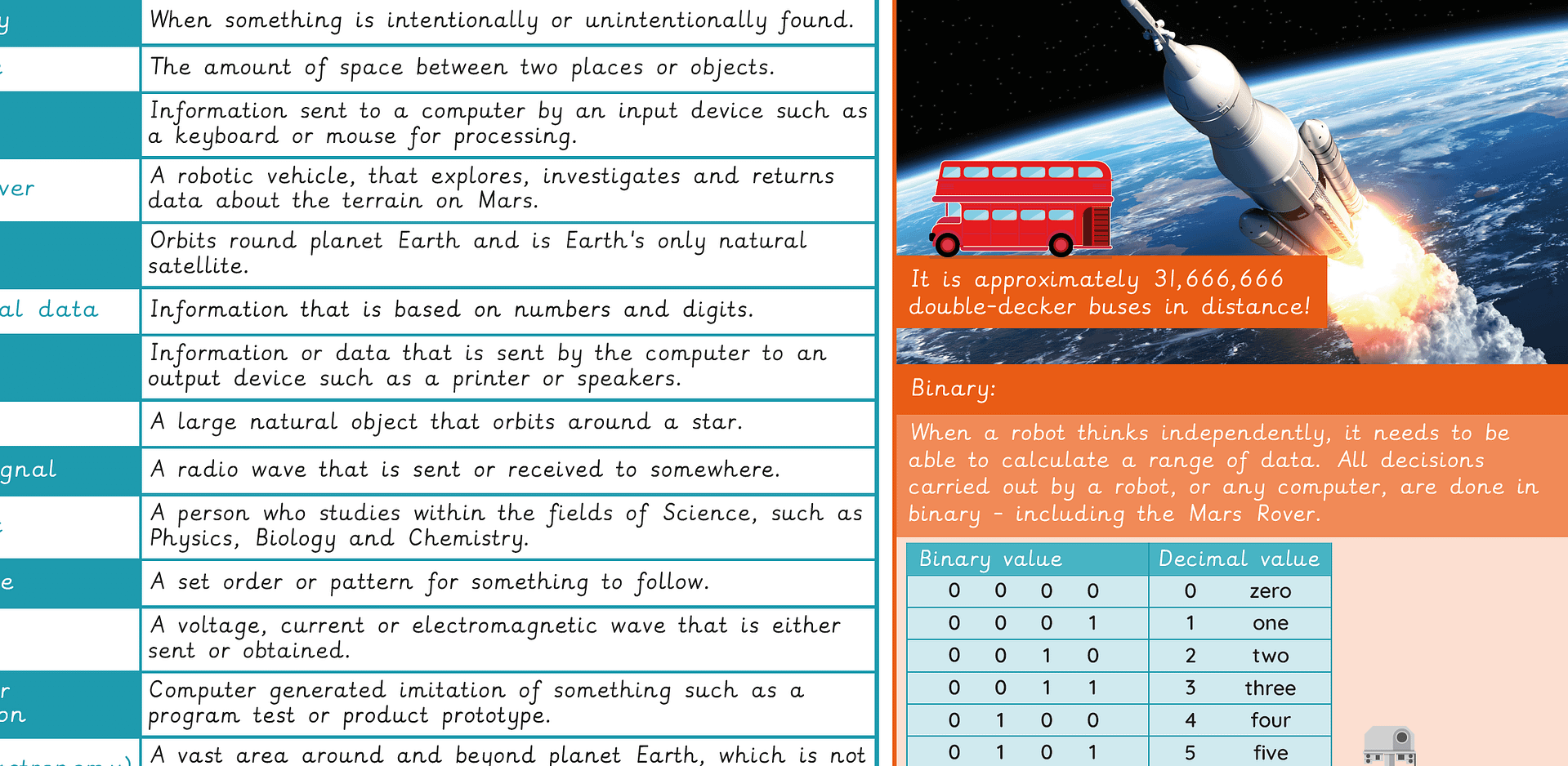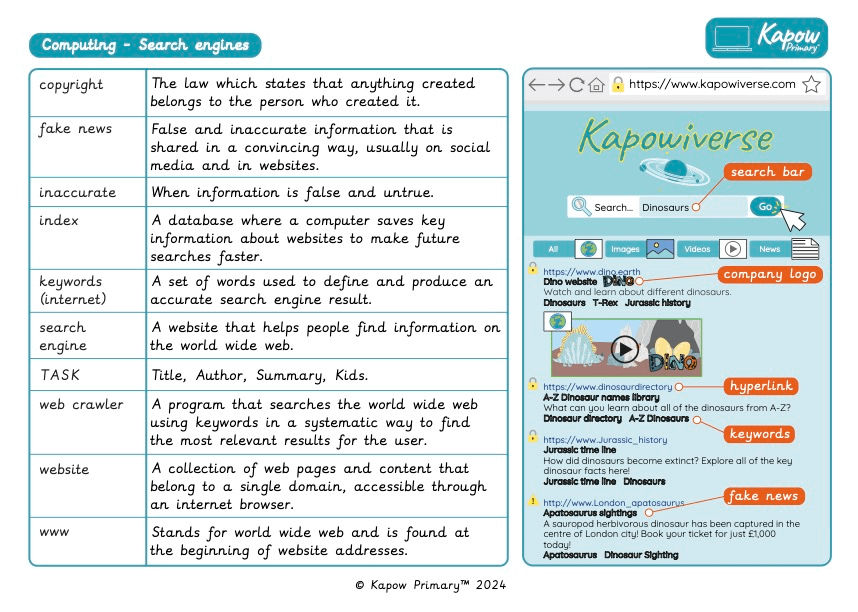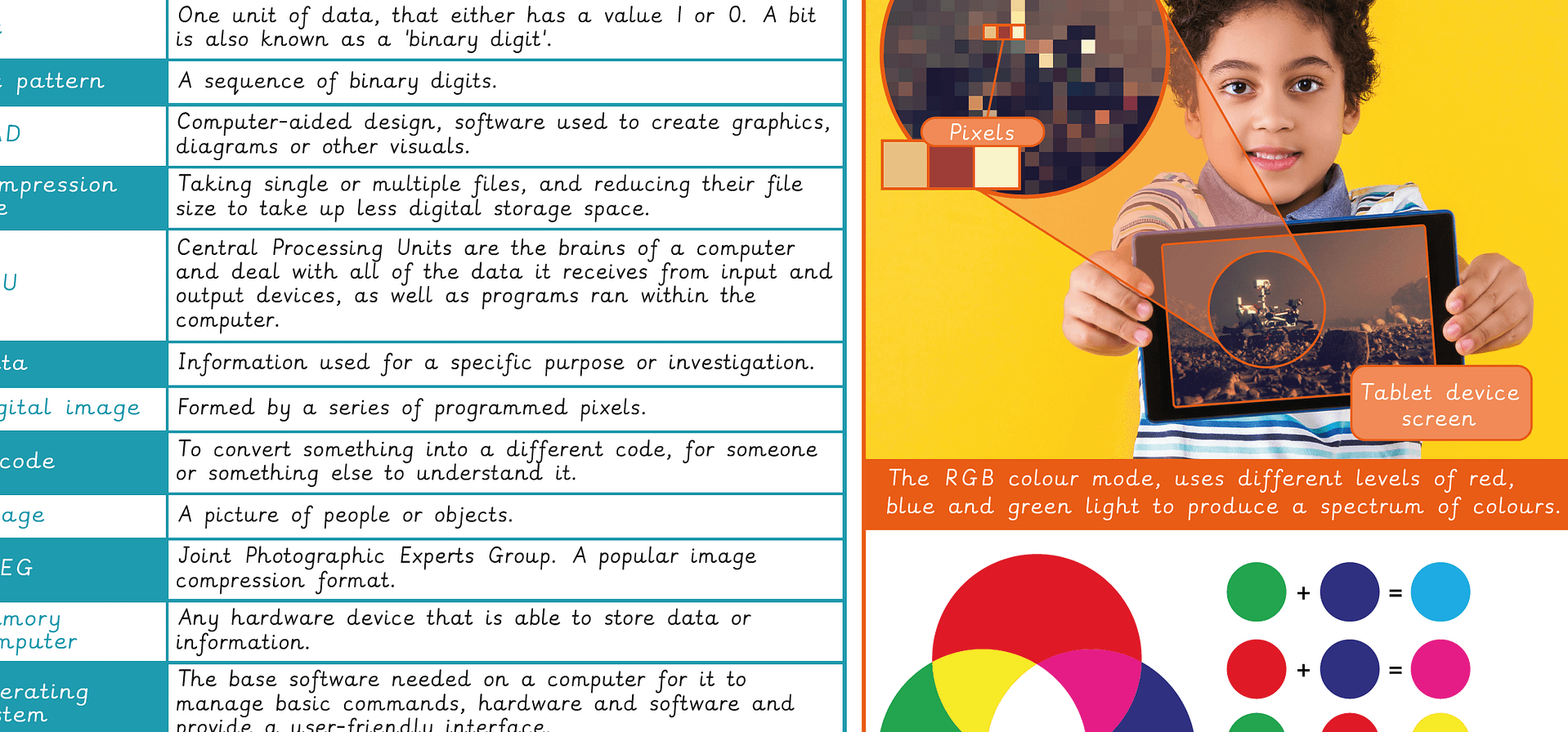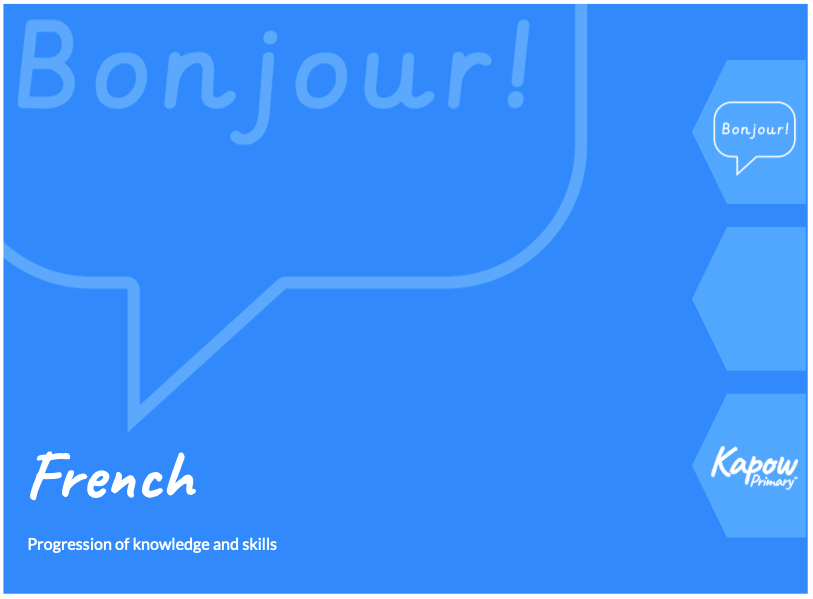year: Year 5
D&T: Assessment spreadsheet
Knowledge Organiser – Computing Y5: Sonic Pi
A Knowledge organiser that captures the essential knowledge and skills learnt throughout the Archived unit: Programming 1: Music: Sonic Pi (laptop and desktop users).
This resource is designed to support the pupils as they explore how coding can be used to create music. It highlights key vocabulary and programming concepts, such as live loop, loop, debug, and tempo, while introducing the pupils to the basics of writing and editing code in Sonic Pi. The pupils will learn how to use commands to generate sound, structure musical patterns, and manipulate pitch, rhythm, and timbre in their own coded compositions. It is perfect for consolidating essential knowledge and fostering creativity by encouraging the pupils to experiment with programming and music. Through hands-on activities, they will develop problem-solving skills, learn how to debug errors in their code and gain confidence in using coding as a tool for artistic expression. The unit also introduces the pupils to the role of algorithms in music production, helping them understand how technology and the arts can work together.
Knowledge Organiser – Computing Y5: Micro:bit
A Knowledge Organiser that captures the essential knowledge and skills learnt throughout the unit Computing, Year 5, Programming 2 – BBC micro:bit.
This resource supports pupils as they explore physical computing by programming the BBC micro:bit using block-based coding. It introduces key vocabulary and concepts such as variable, loop, input, output, and Bluetooth, helping pupils understand how to create interactive programs. The organiser also familiarises pupils with the micro:bit’s features, including its LED display, buttons, sensors, and pins, enabling them to design and test their own digital devices. Perfect for reinforcing key concepts, this unit enhances pupils’ computational thinking and problem-solving skills.
Music: National curriculum coverage
Knowledge organiser – Computing Y5: Mars Rover 1
A Knowledge Organiser that captures the essential knowledge and skills learnt throughout the unit Computing, Year 5, Data Handling – Mars Rover 1.
This resource supports pupils as they explore how data is collected, transmitted and interpreted by the Mars Rover. It introduces key computing concepts such as binary code, pixel representation, and data transmission, providing clear explanations and visual references. Ideal for building a foundational understanding of data systems and their real-world applications in space technology.
Knowledge organiser – Computing Y5: Search engines
A Knowledge Organiser that captures the essential knowledge and skills learnt throughout the unit Computing, Year 5: Systems and Networks – Search Engines.
This resource supports pupils as they explore how search engines function and how to use them effectively. It introduces key vocabulary and concepts such as keywords, web crawlers, indexing, and the world wide web, helping pupils understand how information is gathered, organised, and retrieved online. The organiser also addresses the importance of evaluating the accuracy of information and recognising false or inaccurate content. Ideal for consolidating essential knowledge, this organiser enhances pupils’ digital literacy and critical thinking skills in navigating online information.
Knowledge organiser – Computing Y5: Mars Rover 2
A Knowledge organiser that captures the essential knowledge and skills learnt throughout the unit Computing, Year 5, Mars Rover 2.
This resource supports pupils as they deepen their understanding of how data is collected and transmitted remotely, using the context of Mars rovers. It introduces key vocabulary and concepts such as algorithms, binary images, bits, compression, and computer-aided design (CAD). Pupils will explore how digital images are formed using pixels and the RGB colour model, and how data is encoded for efficient storage and transmission. Ideal for consolidating essential knowledge, this organiser enhances pupils’ digital literacy and understanding of data representation in computing.




